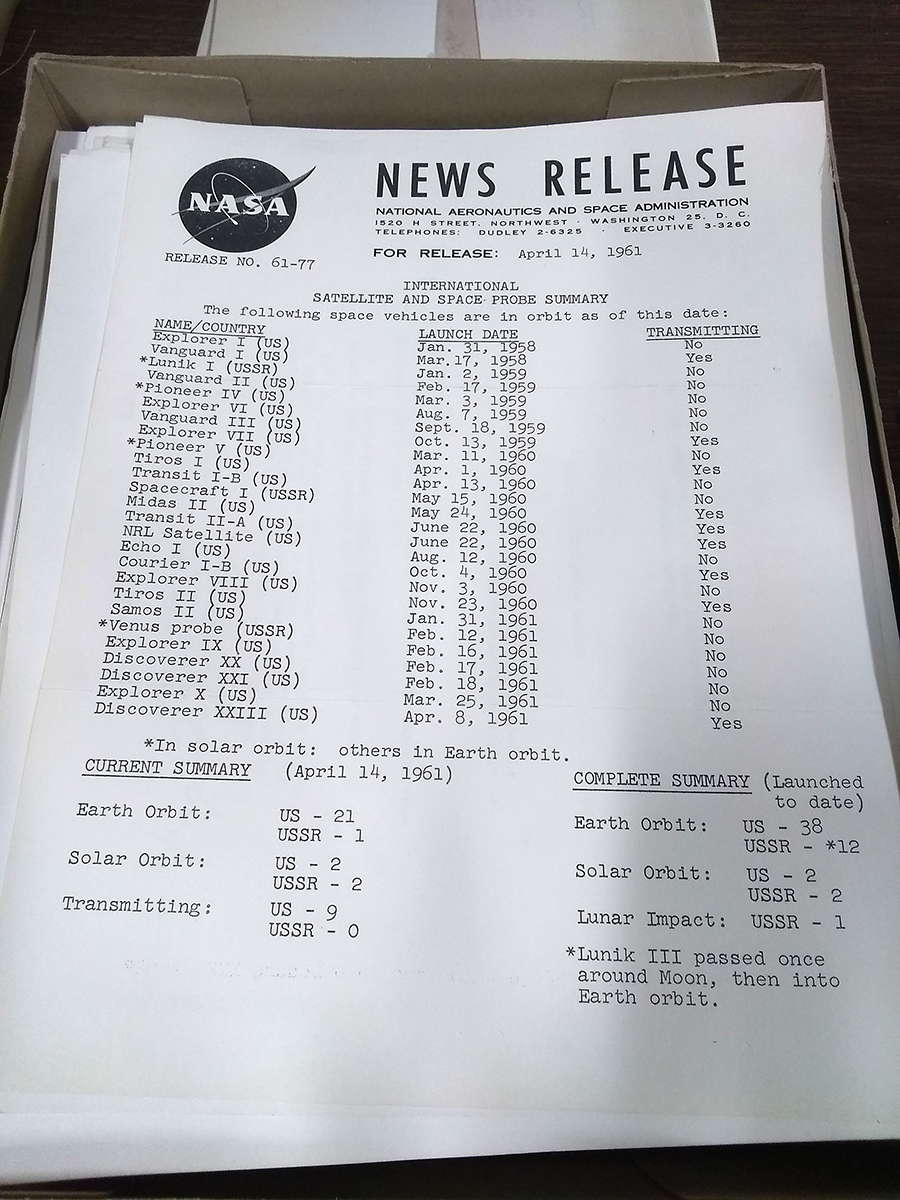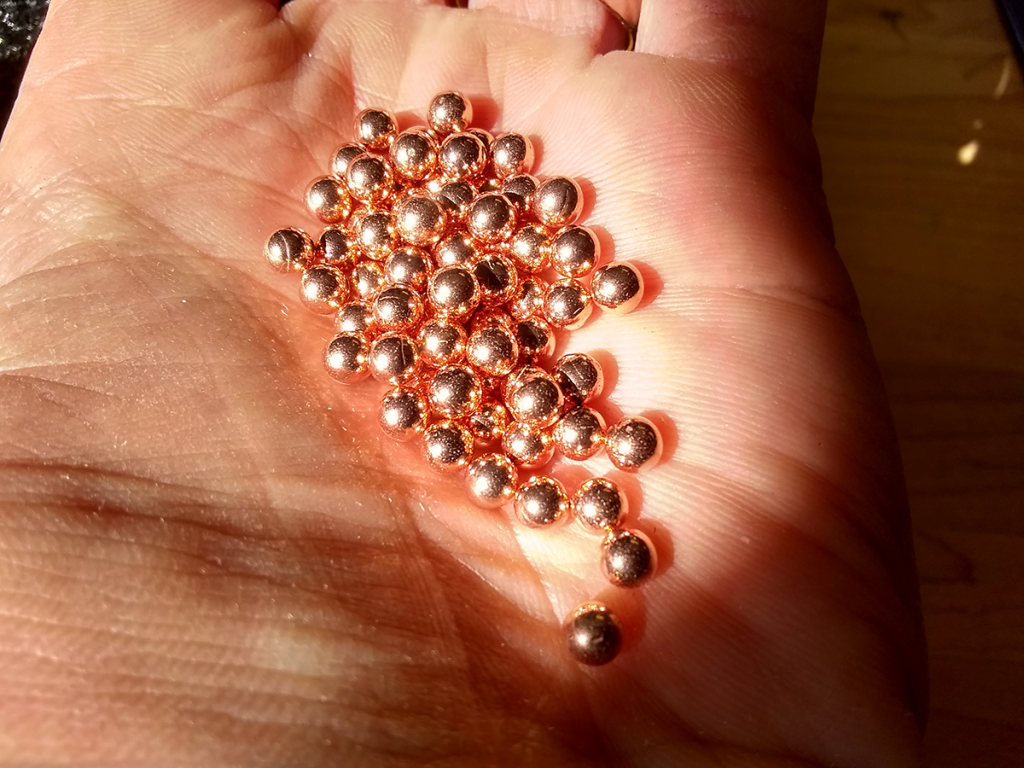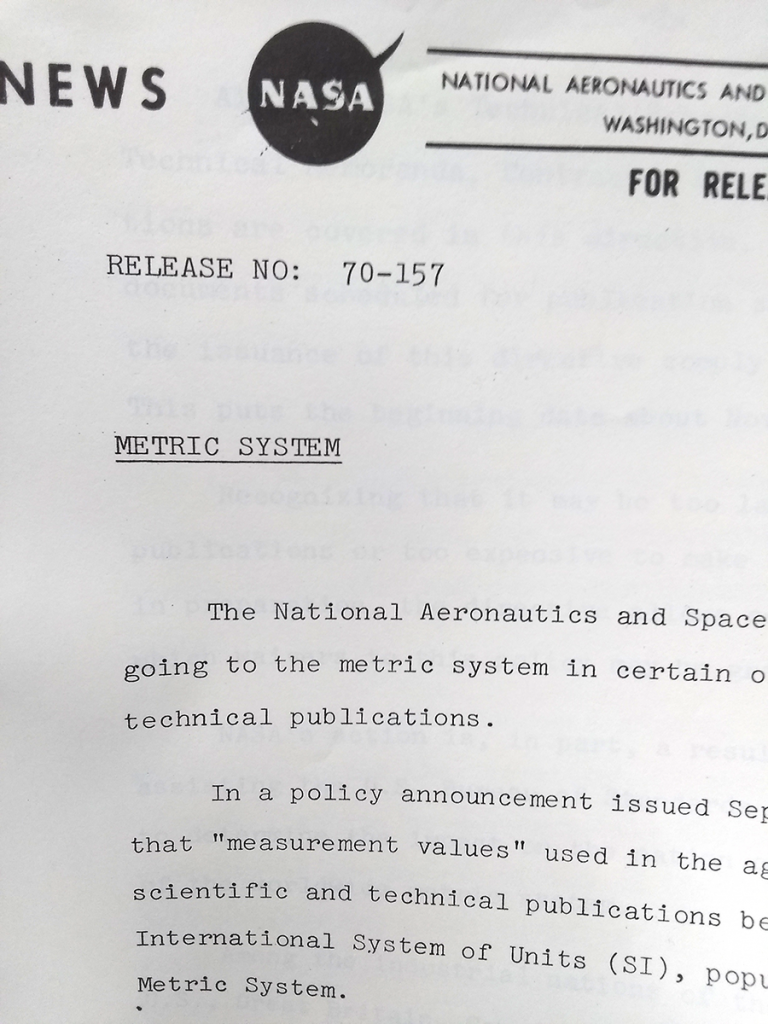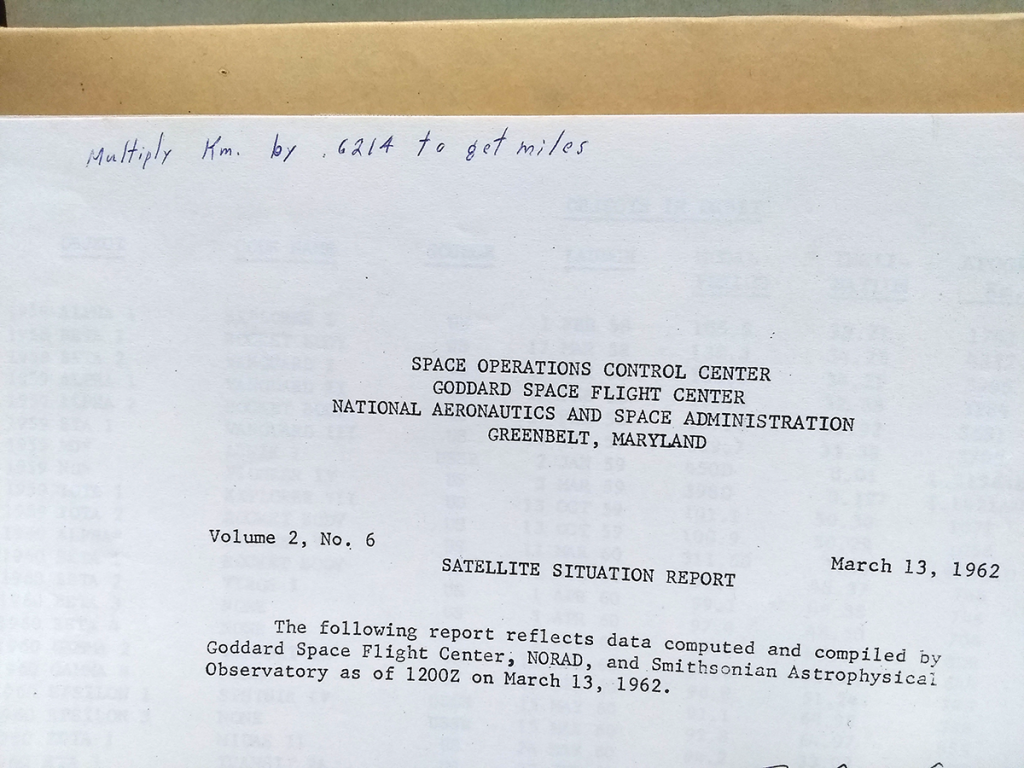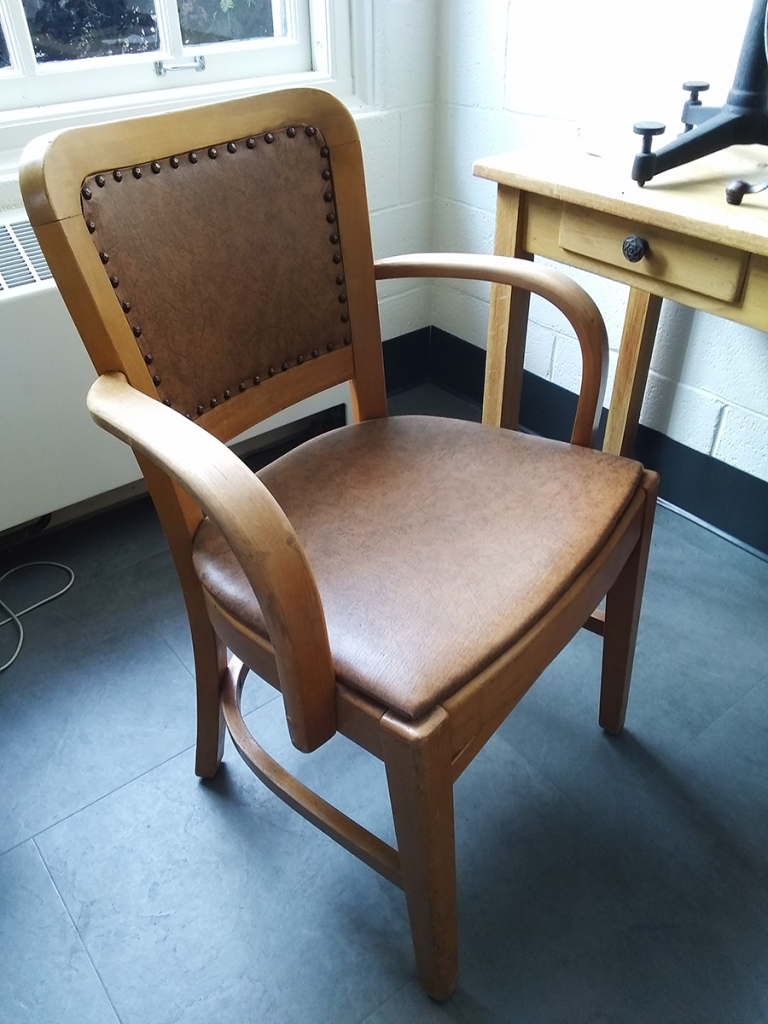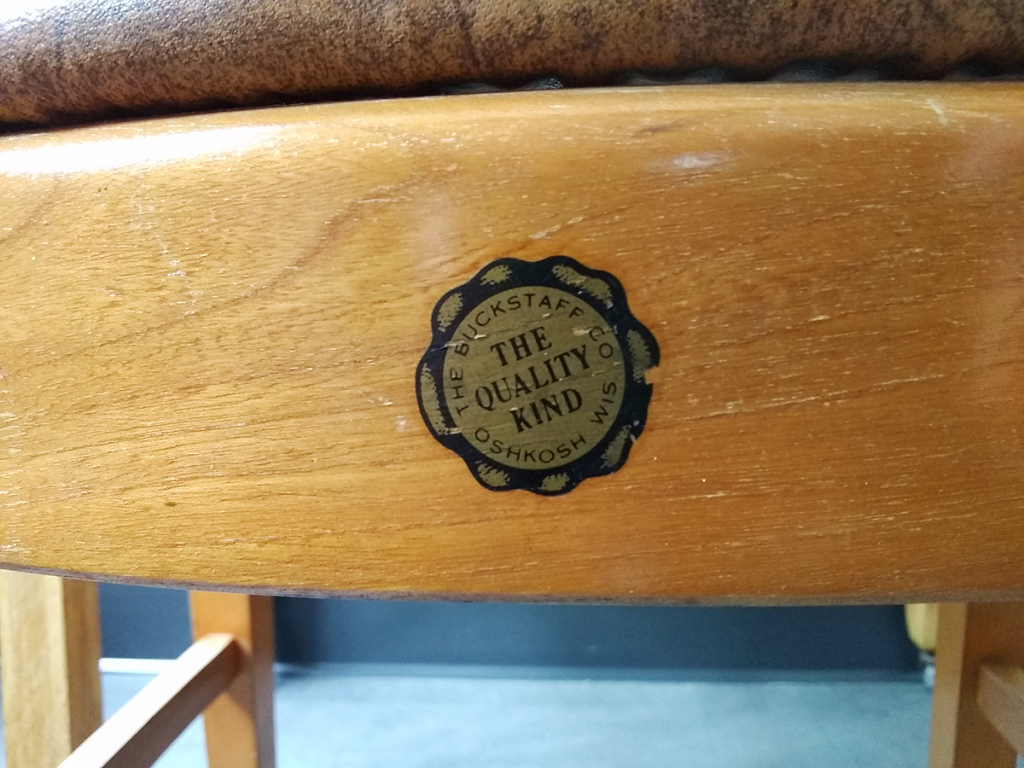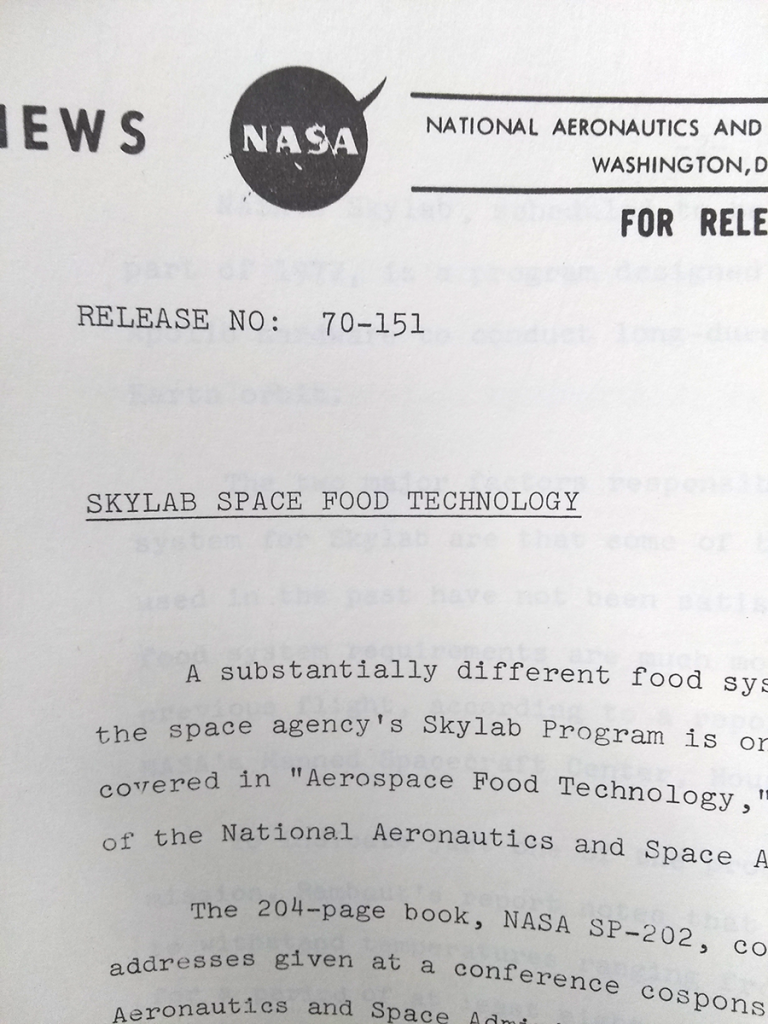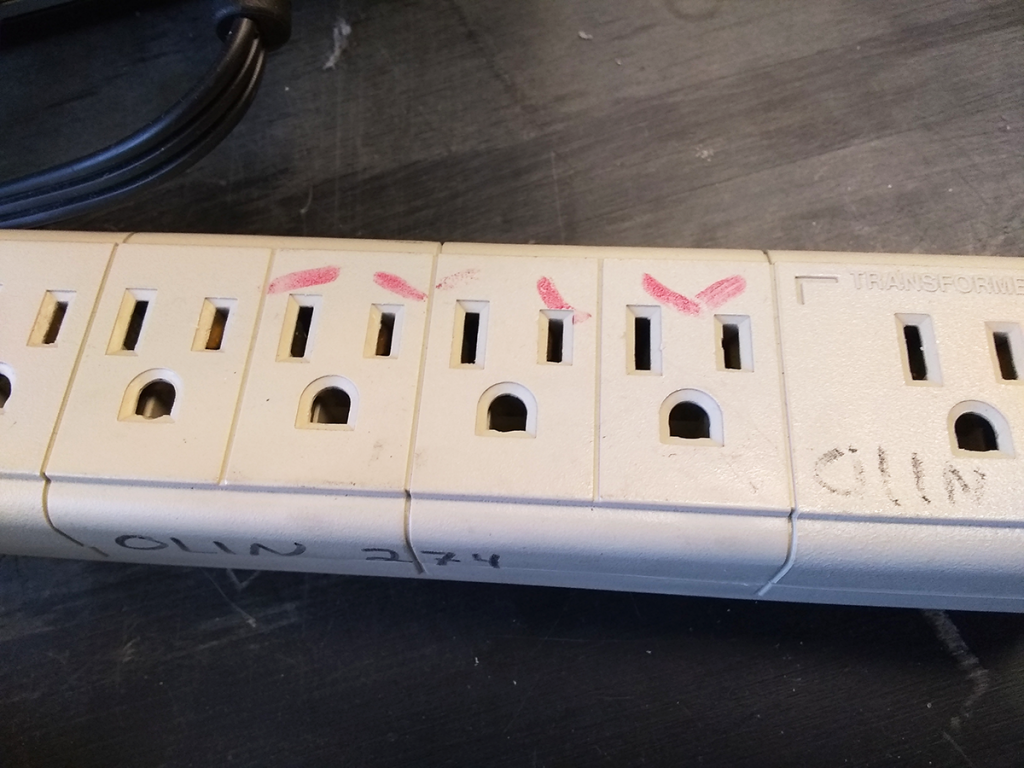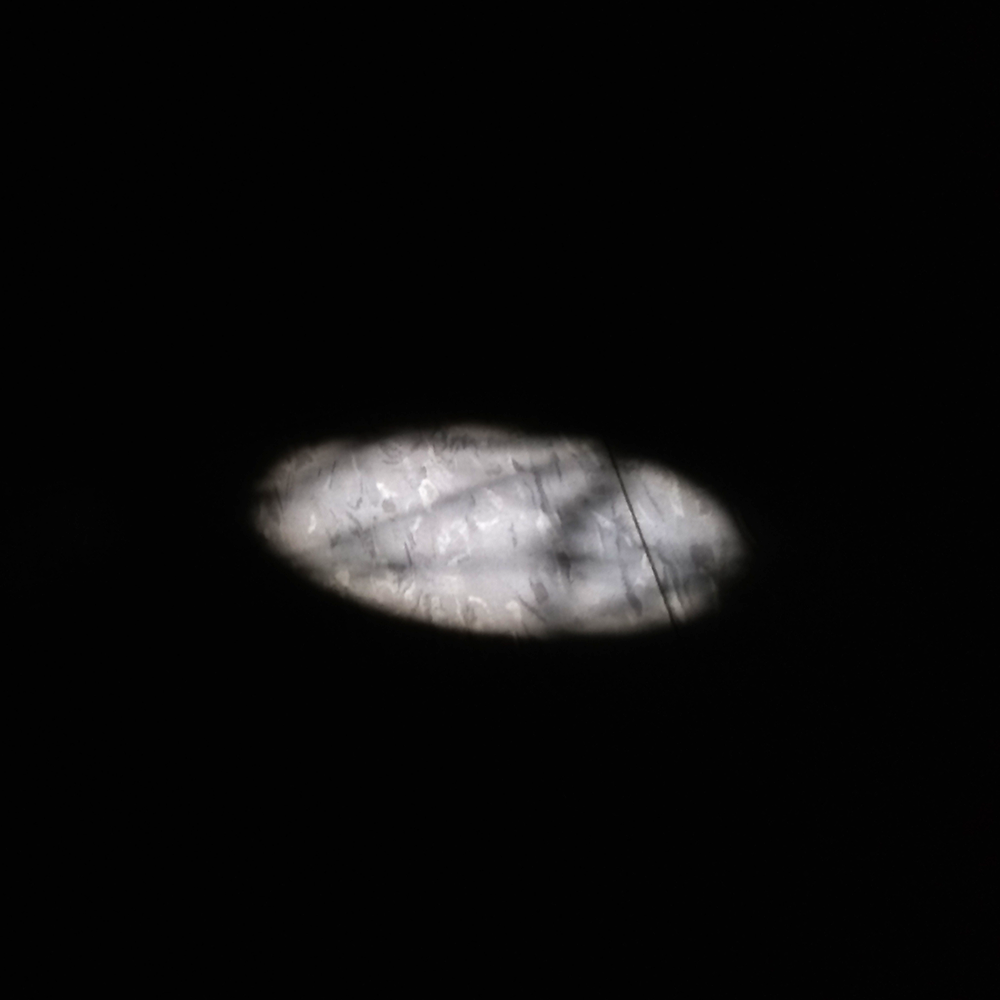
Much of our day revolves around the Physics and Astronomy labs in Olin Science Building, which was the finest construction the budget could shoulder in 1954.
Which, after 7 decades, some renovations, and who knows what else, means there are a few minor holes here and there.
Holes which act like a pinhole camera in an otherwise dark lab, casting images of the sun and tree branches on the floor.
